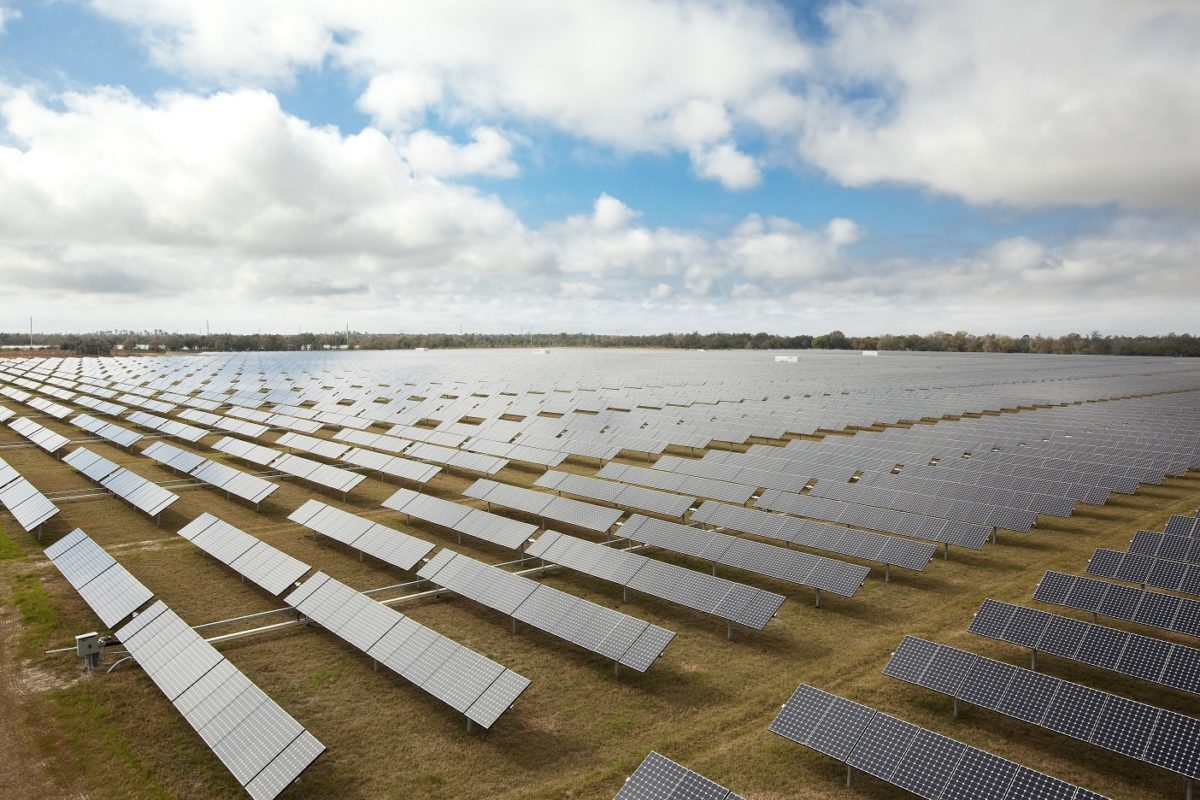Duke Energy Florida announced it is accepting applications for residents and small/medium businesses to join its new Clean Energy Connection community solar program. Applicants will be randomly selected to become subscribers to solar energy produced by the utility’s PV.
Low-income customers who subscribe to the program are guaranteed energy bill savings, said Duke.
“Our customers want affordable, clean energy options, and we believe larger-scale solar is the most cost-effective way to advance the benefits of solar on our entire system,” said Melissa Seixas, Duke Energy Florida state president.
The program launch follows shortly after the passing of Florida’s House Bill 741, which is considered anti-rooftop solar legislation. Very few polled Florida voters, regardless of political party or age demographics, are in support of the law, which will pass unless Governor Ron DeSantis vetoes it. In fact, 86% of polled voters are opposed to it, and only 3% voiced support. Rooftop solar is seen as a way to decentralize power distribution and protect land resources from development.
Community solar offers an option to be connected with a carbon-free energy source for those who do not have a suitable roof space for PV. Generally, community solar projects are smaller than utility-scale plants, and are attached at the local distribution level, rather than to large-scale high voltage transmission infrastructure. This program, the Clean Energy Connection, supports the development and construction of Duke Energy Florida-owned solar, said the utility.
“Community solar” appears to be broadly defined in this instance, where the utility company remains sole owner-operator of the assets. In a recent report, the Rocky Mountain Institute offered a framework for the next generation of community solar projects that would be designed to support resilience and cost savings for community stakeholders.
Under the program, customers can subscribe to kilowatt blocks of power, which are charged at $8.35/kW. The utility said a customer with an average usage of 1,000kWh a month could subscribe to about 5kW to cover their energy needs.
Duke said it anticipates the program to be allocated as follows: 486.85 MW to large commercial and industrial customers, 74.9 MW to local government customers, 161.25 MW to residential and small business customers and 26 MW to low-income customers. Each MW represents electrical power equal to 1 million watts, referring to the output capacity of the solar facility.
For low-income subscribers, Duke set aside 26MW, enough to power between 10,000-20,000 homes. The utility said that customers who participate in government subsidy programs or Duke Energy’s low-income energy efficiency program, Neighborhood Energy Saver, will have guaranteed energy bill savings.
Duke said the program is designed to provide participating customers with a seven-year full payback, with bill credits first exceeding subscription fees around three to five years. If the customer remains in the program for seven years, the annual bill credits are projected to be more than the subscription costs, said the utility.
Duke Energy Florida has invested more than $2 billion in solar and expects to have 1.5GW of emission-free generation and 5 million PV modules installed by 2024. Currently, the company has over 400MW of solar assets in operation.
This content is protected by copyright and may not be reused. If you want to cooperate with us and would like to reuse some of our content, please contact: editors@pv-magazine.com.









Duke Energy loves solar….as long as they own it. Otherwise, it’s the same old utility roadblocks to widespread adoption.